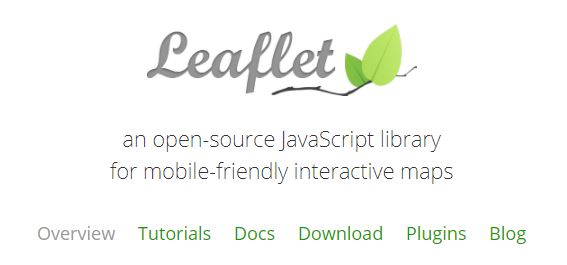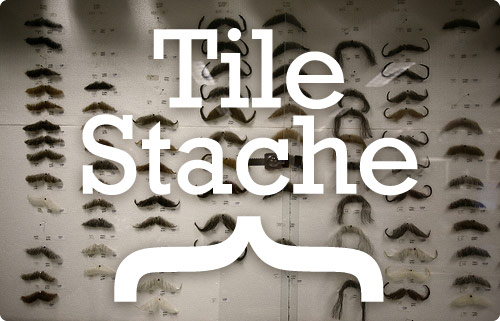About Timetable World
Contact
To reach the administrator, please use email.
![]()
Approach
Timetable World is a digital-only archive. We rely on partnerships with recognised public archives and private collectors for the supply of material to scan.
As with all successful partnerships, working with Timetable World delivers benefits in return. We help charities with their public outreach objectives and offer archives a way to reduce physical handling of fragile materials. The scans provide a backup and we welcome institutions embedding our web services in their own websites.
We aim to scan non-destructively but no guarantees can be given. We prefer to scan offsite but, subject to changing Covid-19 restrictions, can bring the scanning equipment onsite.
Several contributors have undertaken their own scanning, for which we are grateful. Timetable World offers a way to publish material alongside others and gain access to our free web services.
The overall production process has been streamlined. The main aim has been to reduce the effort required to publish, even if that means the book is initially indexed to a minimal level. The “publish-first, index-later” approach means that volunteers can make a useful contribution. We have begun to gather a good team of volunteers with time, interest, and skills to help improve the collection.
We believe the grid layout is a better approach than publishing large PDFs, because it makes better use of limited bandwidth (particularly on mobile devices) and is easier to browse. Using web services means that the display is separated from the content and enables the same content to be used in many ways, not just via the default viewer that Timetable World offers.
Scope
- The transport modes are those that have fixed routes, scheduled operations and relatively complex networks. The likely priorities (in order) are trains, regular buses and coaches, trams/metros and scheduled airlines
- Complete timetable books are preferred over leaflets and similar ephemera, except where the latter are of above-average graphical quality
- Older material is prioritised over newer, typically aiming at periods before the growth in motor car usage had diminished services. In the UK, that means pre-1970s, and in Eastern Europe for example, pre-1990s.
- The collection should be representative rather than comprehensive. It is not practical to digitise everything, so the priority is to achieve diversity over depth.
- The geographical scope is “world”. The audience and availability of archive material are both likely to be concentrated in certain countries but breadth and diversity of coverage are important.
Exclusions
There are some things that are not included:
- The website is a digital archive and is not intended to be a journey planner. It will not hold any current schedules, and may impose a lag on recently superseded items too
- The website does not use any non-original publications as sources i.e. published reprints.
People and partnerships
Volunteering
Timetable World is heavily dependent on voluntary contributions. Helping to build an archive is a long-lasting legacy.
You can be credited as you wish, or not at all. But please do make contact.
- The supply of books by collectors and archives for scanning is vital. We always aim to scan non-destructively. A good starting point is for you to share a list of timetables you can offer, and we can work out the best way to gain access to them on a case-by-case basis. We may be able to make arrangements to scan material in your home country.
- Scanning books yourself might be a good option. If you are looking for a home-based project during lockdowns, it is a creative and practical activity. For efficiency, we recommend using an overhead scanner: see The Technology to learn what is involved.
- Indexing work is really helpful – for getting material published and helping end-users to navigate. It is a good way to develop in-depth familiarity with the timetable in question. You can select from a list of Open Jobs, and we have developed an indexing screen to help make the task more straightforward. Using Google Translate may be necessary, depending on your langauge skills.
- Articles will become an important part of the website, and Timetable World is keen to publish your material. The subject can be almost anything so long as the resulting article makes use of the timetables and maps on the website, and they need to be no more than five-minute reads (800-1000 words). You can build a series if you have more to say. Timetable World will help with design and editing as much or as little as you need.
Anything else? Let’s hear from you.
Privacy policy
It is on a separate page so that users of the Shop can access it from there.
Partnerships
Timetable World is keen to establish partnerships with archives, libraries, timetable publishers and the like. We would like to thank the following organisations for the assistance given so far.
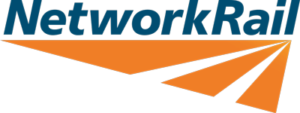 |
For permission to reproduce in-copyright timetables |
 |
European Rail Timetable Ltd.: Publishers of the former Thomas Cook European Rail Timetable |
 |
mapywig.org: A digital archive that has expanded to include scanned maps in the public domain from many sources. |
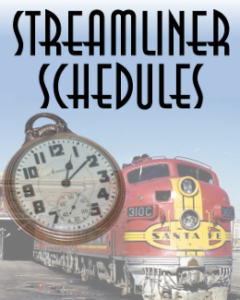 |
Eric Bowen of streamlinerschedules.com has made a major contribution to the US collection |
 |
The Railway Correspondence and Travel Society https://rcts.org.uk/
For use of photographs |
Credits
Timetable World would like to thank the following for their contributions.
People
John Adam, Andy Allen, Ingolf Aschenbrenner, Richard Astley, Benno Bickel, Bert Blissett, Adrian Bond, Peter Bone, Eric H Bowen, Steve Boyko, Ulrich Brandl, Ian Bromley, Ben Brundell, Adam Carpenter, Charlotte Claxton, Leon Colli, John Dablin, Sam Wells Dean, Phil Deaves, Keith Downing, Graham Doyle, Anton Dubrau, Gordon Dudman, Tony Eaton, Dan Engstrom, Stefan Ewing, Deryck Fay, Keith Finch, David Gibbins, Colin Green, Paul Hadley, Jürg Hänggi, Dave Hind, Ken Holway, Cedar Hopwood, Thomas King Horne, David Humphreys, Andy Hunt, Marius Ionescu, Ivybridge, Paul Jennings, David Kelso, Stefan Larsson, Pieter Leebeek, Geoff Lomax, Nicholas Markwell, Ian Martin, Richard Matthews, N S Merni, Roger Merry-Price, David Miller, R.S Moni, Matt Monks, Dr Peter Northover, Gargy Notre-Dame, Chris Packham, Tony Parsons, Colin Penfold, Chris Pietruski, Khaya Powell, Jake Pullen, Nitin Raj S, Filippo Ricci, Rickmansworth, Suzy Scott, Matthew Shaw, Hide Shibuya, Kurt Sicklemore, Conrad Smith, David Smith, Charles E Steele, Derek Stephen, Adrian Stone, Alan Styles, Chris Sutton, Richard Swift, John Szmigielski, John Trevelyan, Urban Sky, Douglas van Veelen, Dave Voisey, Dave Vosey, Dave Walker, Peter Waller, Joe Warman, Bob Westaway, Tim Zukas
Organisations
archive.org, Berkshire Record Office, Bluebell Archive, Brunel University, Bus Archive, capetrains.com, David Rumsey maps, Google, headlandview.co.uk, IRFCA.org, Library of Congress, mapywig.org, Memorial University of St John's Newfoundland, Middleton Press, National Railway Museum archive, Norman B Leventhal Map & Education Center, ocomboio, Railway Correspondence & Travel Society, SNCF, tassignon.be, timetable.org, traingeek.ca, University of Calgary, University of Toronto
History of Timetable World
History
The first version of Timetable World was released in late 2009.
Google Maps was launched three years earlier. Google’s “Summer of Coding” in 2006 gave hotshot student programmers an opportunity to pursue projects and it led to a huge leap forward in the open source mapping technologies available. The founder of Timetable World started experimenting with one tool, PanoJS, in 2007, and built some maps for his personal interest.
Timetable World came about in 2009 when seeking a project whilst between jobs. PanoJS seemed ideal. As a hobbyist software developer – no more – he had never built a website before. One limitation at the time was the cost of hosting websites; the hosting plan was good value, but it only offered 10Gb of storage. Timetables stopped being added when the space filled up.
Not much happened with the website after 2011. Some mapping integration was removed because it was incomplete, and work-in-progress scanning stalled. In 2017, the space problem was solved by moving the hosting to its current location, where space is cheap and effectively unlimited.
October 2020
Mid-2020 is when a relaunch of Timetable World started to take shape. It turned out that the site was being heavily used and has a loyal user base. The site had worked reliably for 10 years and, after asking on various forums, no one had a bad thing to say about it – other than its limited range. Time was available during the Covid pandemic to work on the project and willing volunteers to help with scanning and indexing were quick to come forward.
Usage
Who has been using the site?
The evidence is that usage is heaviest in the UK, where the site is based and much of the material is from, but visitors from North America and Germany make up a significant share. One regular correspondent is (now was) a railroad man on Wyoming’s Powder River, whom the founder has met up with in London, GB, and Cheyenne, WY.
As one might expect, the most active users are railway modellers and gamers, and railway hobbyists in general. Significant coverage of bus operations has been added only with the new website.
Based on the emails received, local historians undertaking research are another important group, often interested in the timetables to weave a larger story. Book authors and researchers for media outlets use the site for fact-checking. One lady wanted help to find the train her parents had first met on, to help celebrate a Golden Wedding.
Quite a lot of the web traffic is from robots indexing the site for the various search engines. But Google Analytics tells us the numbers of real people visiting are healthy.

Copyright
Our copyright policy
Timetable World is an archive of historical material, made available to researchers and hobbyists on the same basis that would apply to visitors viewing a book in a public library or archive –
- No charge is made for standard access
- The item can be viewed for personal, non-commercial research purposes. Widespread printing and copying is not permitted
- Requests for reproduction will be considered individually, based on the licences Timetable World has acquired.
The duration of copyright protection varies around the world, and public and private operators are often subject to different rules. Some items may have been published in countries that no longer exist. Most items are likely to be orphaned, meaning that no-one claims ownership, even if it theoretically exists. For these reasons, our approach is to make material available, and seek consent where a likely owner can be identified. We will only use scans taken from original documents, not published reprints. We operate a take-down policy if permission is legitimately refused.
We think this is a fair and reasonable way of providing a voluntary service for the public benefit.
The website is hosted in England and is covered by English law.
Your rights - Copyright holders
Copyright holders should consider the benefit this website provides for historical research. It is not commercial and there is no financial gain to anyone that contributes. If after doing so you still believe your rights are being unfairly infringed by the website please contact us via the main email address to allow us to apply our takedown policy to rectify the situation.
Your rights - Users
You are welcome to take screen grabs of most parts of the website, but please always help the project by crediting any public use you make of them. Contact us if you want to check the copyright status for publication and to obtain the best scans available. The freedom to copy does not apply to text and images where a copyright symbol is shown, indicating someone else owns it.
Using automated software tools to download large quantities of images would be unreasonable. Ask – and we’ll see what we can do.
Orphaned copyright
We provide a list here of business that have closed and persons who are deceased where copyright may still exist but where we have been unable to make contact with the successors.
Thomas Cook Group
Thomas Cook published the Continental timetable from 1873 and the Overseas timetable from 1981. It was part of the publicly-owned Transport Holding Company until 1970 and was covered by Crown Copyright, which lasts 50 years. Books prior to 1970 are therefore in the public domain.
The business was sold into the private sector and continued to publish the timetables until 2013. European Rail Timetables Ltd., a management buy-out, took over publication but did not inherit the 1970-2013 copyright. Timetable World has established a partnership with ERT.
The heavily-indebted Thomas Cook Group went into liquidation on 23rd September 2019. The Official Receiver appointed several insolvency practitioners to manage different parts the shop-to-airline group. We approached KPMG, who were leading the work, but received no response.
Douglas van Veelen
Mr van Veelen ran a business for many years selling CDs of historical scans of the Official Guide of Railways for the USA and Canada. We understand that Mr van Veelen passed away in March 2018 and the CDs are no longer available. Timetable World has been unsuccessful in reaching his family via the former contact email address.
It may be worth noting that scans are not, in themselves, copyright-able; they are not an original, creative work. The indexing added by Mr van Veelen would be copyright and is not used.
Cape Ann Trains
Mr Jeffrey Hill ran a similar business selling reprints of the Official Guide of Railways for the USA and Canada and, later, CDs. The website capetrains.com has been unavailable for some time.
Scanning
Our challenge
Printed timetable books were meant to be read by humans, last for no more than a year and then be discarded.
In this section, we describe some of the challenges encountered when digitising timetable books and the technologies that have made it possible. As a group of volunteers, we are still learning and by sharing this inside information we welcome any insights and improvements you can suggest.
Book characteristics
Book production methods have developed since the first Bradshaw's in 1839. The diversity of materials, bindings, and layouts we encounter have required Timetable World volunteers to adopt a variety of techniques for digitising.
Paper quality is generally poor. Books with acidic paper typically show some yellowing at the edges, which extends across the sheets in the oldest books, and it can sometimes become flaky too. Cheap overly absorbent paper caused print to bleed and be hard to read, and paper thinness can be an issue, where strong lighting causes the reverse side to show through. Colour print in newer timetables required shinier paper, but to scan it requires a different lighting setup for it to work well. Some of our earlier books show reflection on the shiny covers because the settings were not adjusted from the matt paper of the book.
Bindings “Perfect” binding uses a hot-melt adhesive and is quite common for timetables because it is cheap and quick. Books do not, however, open flat without breaking the adhesive. It can be a challenge to uncurl the pages sufficiently to scan into the binding. We have also observed that shiny paper can become badly wrinkled when perfect bound because it has less “give”. The Swiss timetables, for instance, are manufactured to a high standard but show several of these effects by having tiny margins, perfect binding and shiny paper.
Stapling of books was common up to the 1950s as a cheaper alternative to stitching for thicker books, with the staples often hidden. Such books are problmetic for non-destructive scanning because the books open irregularly. Removing heavy-duty staples for destructive scanning usually achieves better results.
Print mis-alignment of pages occasionally causes important information to be lost to the guillotine or into the bindings.
Page numbering is rarely straightforward. Many timetables have multiple sections, and may restart the numbering sequences – at 1, at another arbitrary point, by switching to/from Roman numerals and so on. Bradshaw’s randomly insert letters into the sequence 101, 101a, 101b, 102 etc.
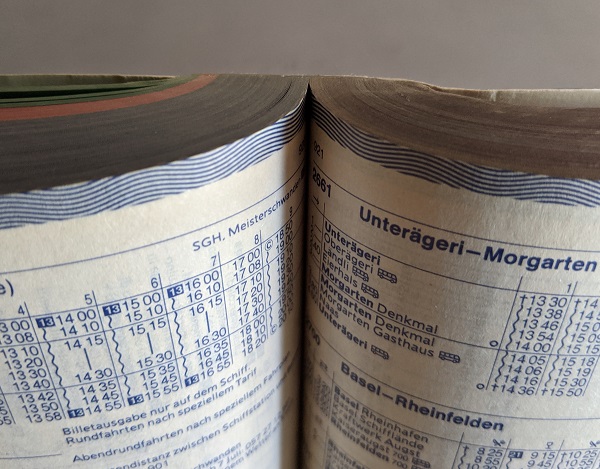
Scanning equipment
Non-Destructive Scanning
More recently, overhead book scanners have become a consumer product, and they are more affordable than the professional versions previously shipping. Timetable World purchased the Czur ET16 and it has made a major contribution to speeding up the initial scanning work. Another volunteer purchased the later ET18 but they seem little different.
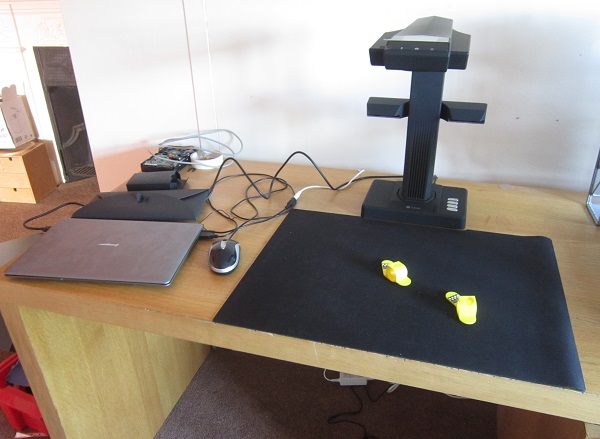
The Czur ET-16 overhead scanner
The overhead scanner works as follows:
- It shines a laser onto an open book to detect its curvature
- It takes a single image of two facing pages
- It splits the image in two and uses software to uncurl the shape.
There are many additional software features to assist post-processing, but these are the main steps at scan-time. The scanner will handle flat items, such as maps, up to A3, but is not sufficiently high-resolution for photographs. It is worth noting that the original scanning method captured at higher precision, but the lower Czur resolution seems to be sufficient.
Several volunteers with scanners have adopted different ways of working. The preferred approach of one is to scan quickly and fix the problems later, comfortably reaching 600 pages per hour. The scanner gets overloaded if you work too fast. Google Drive is used to transfer large files.
Destructive Scanning
Taking a book apart for scanning is now an option offered by Timetable World. It bypasses the problems of bindings and page curvature, and is certainly much quicker to scan. The resulting sheets cannot normally be re-assembled into a book, which is what makes it a "destructive" approach, and is not suitable for rarer books.
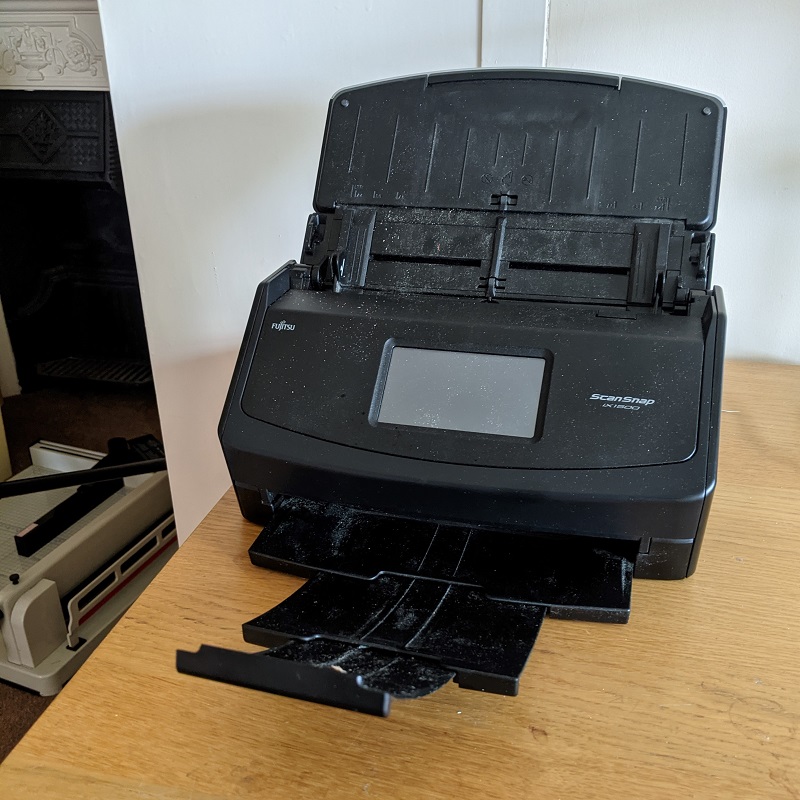
The Fujitsu ScanSnap IX1500
The sheet scanner produces high-quality scans that require little-or-no tidying afterward. It detects mis-feeds, straightens images, and numbers the pages reliably.
The quality achieved makes sheet scanning a cost- and time-effective way of digitising.
Map Scanning
Timetable World does not yet have access to a specialised scanner for large-format (>A3) sheets. However, we have been able to achieve satisfactory results by building composite images from multiple scans. Microsoft previously offered a free tool called ICE - Image Composite Editor that automatically builds the image from separate overlapping scans. For reasons unknown, the Microsoft links have been removed so we cannot share them with you.
Tidying scans
The main tasks to tidy the scans are:
- Ensure the filenames relate to the page numbers. Doing so ensures completeness and reduces the scope for later errors
- Reviewing the scans to remove unwanted borders and straighten a few. Scans often include the page block and need cropping. A free software package Scan Tailor does most of this step semi-automatically. Any defective scans can be replaced at this stage
- Checking each page and orienting them correctly, because every book has a different mix of landscape and portrait pages. A software package called EXIFTOOL changes the orientation without altering the image itself.
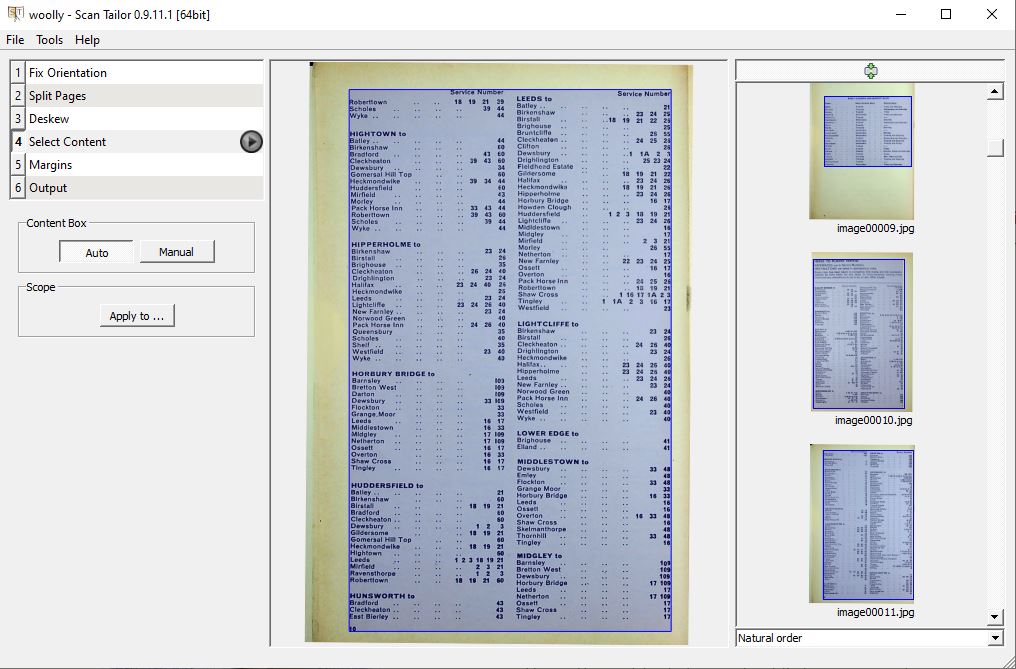
Presentation
PDF files versus Grids
Timetable World has since 2009 used zoomable grids to present timetables online. We think it is the closest online equivalent to how physical timetables would be handled and used. It is important to replicate not just the content but also how an individual or booking agent would use a book on the desk or on the move.
Why not just adopt PDFs?
The PDF file format has been widely adopted by archivists. It has the advantage of broad acceptance and is simple to produce. This default behaviour is a recent phenomenon, because archives often used microfiche in the pre-digital world - which is a format rather closer to Timetable World's approach than PDFs are - but it is unthinking.
Speed of downloading: An online service must be fast. The PDF format requires the whole file to be downloaded first before it can be rendered on a device. It takes time and bandwidth, and only the more committed visitors have the patience. The grid display only downloads the portion being viewed at a given zoom level - which is much more efficient. The grid display provides a better user experience for browsing and is how digital maps manage to cover the globe.
Speed of access: A PDF must be bookmarked for users to find what they need quickly. The grid display also benefits from being bookmarked, but it quicker to move from page to page when you can move three-dimensionally - up/down, left/right, zoom in/out.
The Timetable World display attempts to replicate the gestures of opening a book at random, flicking, saving personal bookmarks, taking snapshots.
Grid design
The grid layouts require some judgement and care to lay them out logically. The general rule is one book equals one grid, but the technology allows for many books to go onto a single grid. The latter can be an appropriate way of grouping magazine editions, leaflets or multi-part timetables. Example: The OBB (Austria) timetable is published as two books
An important change in our approach was to reduce the essential indexing required for publication. That is not to say we index less – instead, much of the indexing work can be left until after publication and undertaken remotely by volunteers.
Indexing
Three levels of indexing can be applied –
- The Grid layout requires each page to be ordered correctly and arranged into rows. The rows should avoid breaking a timetable part-way, or maybe between the Up and Down directions.. Tables are often printed landscape straddling two pages, which means the page order also straddles two rows. The first page in each row should have a label to aid navigation. Mandatory
- Labels can be added to every page, not just the first. Doing so is the first stage for adding Bookmarks to a timetable. This step can be quick or, as is the case with some German timetables, there can be over 2,000 individual tables to label. Optional
- Adding captions to the bookmarks is the final step, again potentially taking some time. Optional
Optical character recognition (OCR)
OCR should be helpful for indexing but we struggle to get satisfactory results. It would add great value to capture the station indexes effectively. The problems seem to be:
- Tabular data is difficult for off-the-shelf OCR tools to work with
- Print quality is variable, and the scans introduce additional distortion
- The words to be recognised are place names rather than dictionary words
- Numbers, symbols, spacing and indents all need to be understood
- Abbreviations are widely used.
There is scope for a PhD-level AI project for someone to solve this. It would be more valuable than for just hobby purposes.
Microform, microfilm, and microfiche
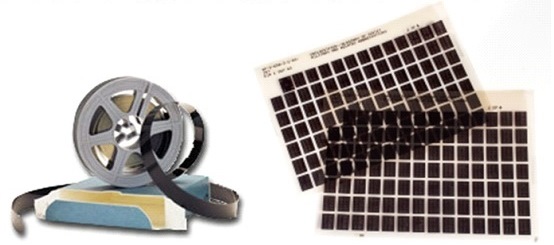
Archival storage formerly relied on microform technology to reduce the physical space occupied. Pages were photographed and reduced in size, typically by 25x in two dimensions.
Microform encompasses two varieties:
| Microfilm | A continuous reel of images often storing as many as 2,400 pages, accessed sequentially |
| Microfiche | A grid of images storing 98 pages (7x14) and accessed two-dimensionally. Each grid is 105x145mm (4x5") |
Both varieties required a viewing device to enlarge and sometimes print. Microfiche was often used where speed of access was important, such as library catalogues; microfilm for archives that were built up over time, such as newspapers.
Data and web technology
Tile pyramids
Speedy access to huge timetables can only be achieved by serving images as needed, never downloading the whole book. Back in 2009 when the approach was brand new, we adopted the “tile pyramid” to achieve this, and it is still the principle used today – by Timetable World, Google Maps and numerous other providers of large imagery.
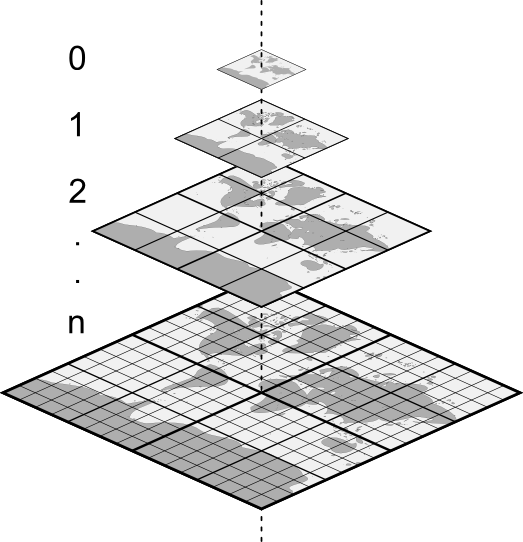
The tile pyramid concept
The images we have scanned are divided into 256×256 pixel tiles. Each group of four tiles is then shrunk by 50% to make a fifth summary tile. The process is repeated until there is just one tile at the top of a pyramid encompassing a whole book. As you browse the viewer, only the tiles needed are downloaded. Mobile devices can therefore be used; there is no need to download a huge PDF file first.
Open source software
Open source software is software with source code that anyone can inspect, modify, and enhance. It is developed by volunteers and free to use. It lacks nothing in sophistication; indeed, is often superior to commercial products because crowds of people have worked to enhance it.
Timetable World is proud to support the open source philosophy. We describe here the projects that have made this online archive possible.
Web services
The Timetable World books are published as a public web service. Anyone technically minded can include them in other websites; all that is needed is a suitable viewer. It’s free but please credit us. Timetable World uses Leaflet, a leading open-source Javascript solution. NB: The legacy part of the website from 2009 uses PanoJS rather than Leaflet.
Please contact us for advice and documentation for embedding our web services in your website.
Python/PostGreSQL
The main change between 2009 and 2020 technology is that tiles are no longer held as real files. Instead, the tiles are stored in a PostGreSQL database as binary large objects (BLOBs) and are converted to image files on demand.
Databases are better at managing large volumes of data – including binary image data – than the operating system, and the former method cannot scale up. The web server has a daemon called TileStache running; when requests for tiles come in, TileStache queries the database and converts the BLOB back to an image file – all within milliseconds.
The MBTILES database model was sponsored by MapBox for serving map images. It is a design dating back several years and is probably now some way off the pace. Timetable World has extended the model to cope with multiple tile pyramids and it meets our needs for now.
The volunteer-prepared index data is stored in the same database. It is used to lay out the grid, manage the labels and bookmarks, and to serve the tiles.
The final piece is Python, the programming language. Timetable World uses Python to convert the scans into tiles and upload them to the database, ready to be served.

